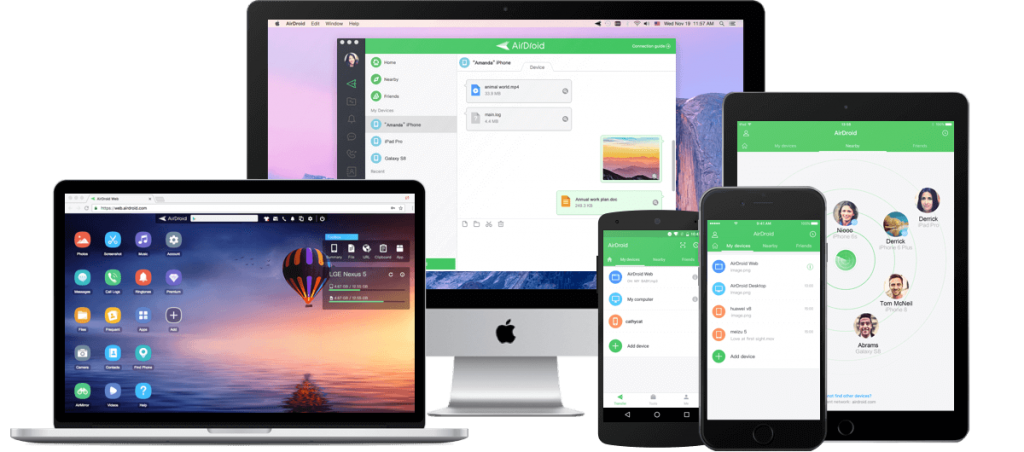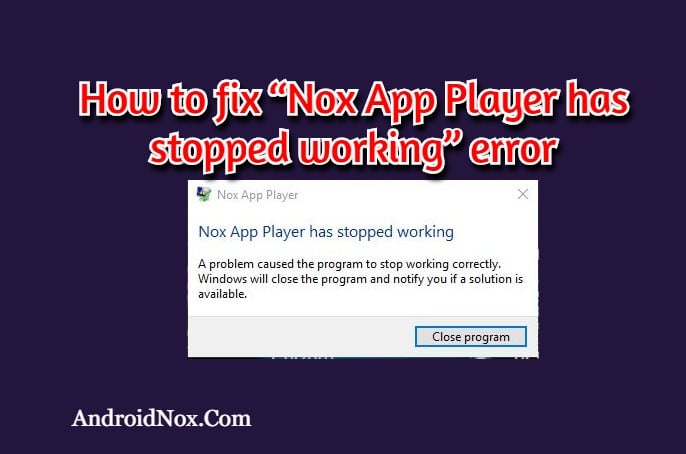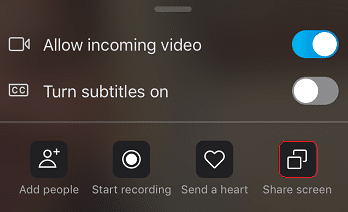Currency converter applications are among the platforms most preferred by users today. Application owners keep the accuracy of the data they provide to their users and visitors at the highest level. For this, currency converter applications usually obtain the data they provide to their users from a forex API. So, have you thought about developing a currency converter in Python using a forex API?
Today, we can develop the currency converter application in Python language very quickly in just a few steps by using a forex API. Python programming language is the programming language in which many currency converter applications are developed today, as it helps us a lot in application development and data analysis processes.
In this article, we will provide detailed information about forex APIs that we can easily integrate into our applications. Then we will develop a currency converter application in just a few steps.
What Features Should a Forex API Have?
When we want to develop a currency converter application, the first thing we should pay attention to is choosing a foreign exchange API. Although there are many foreign exchange APIs in the market today, most of them do not have the features that a foreign exchange API should have.
The features we will list below are the most basic features that a foreign exchange API should have.
Current and Accurate Data: The most important criterion is that a foreign exchange API provides up-to-date and accurate exchange rate data. It is very important that this API regularly updates its data and obtains the data it provides from reliable financial institutions such as the European Central Bank.
Rich Currencies Support: The variety of currencies supported by the Foreign exchange API is another important issue. It is important that it includes the most popular and widely used currencies, especially the major currencies.
Security with API Keys: Foreign exchange API should support security measures such as API keys or authentication for the security of users. In this way, it is possible for users to control API access and prevent malicious use.
Fast and Low Latency: This API providing currency conversion data should work fast and with low latency. Considering the instant changes in exchange rates, it is important for the user experience that the API provides up-to-date data quickly.
High Availability: It is important that the API has a developer-friendly structure that can be easily integrated into all programming languages. The well-documented API, providing examples and descriptions, helps developers use the API correctly and effectively.
Scalability: The Forex API must be scalable to meet the rapidly growing demands. It must be able to handle high-traffic demands and handle large data volumes.
Error Management and Technical Support: Forex APIs to be used by platforms that provide currency conversion services to their users should effectively manage error situations and give users an explanatory error message in case of error. In addition, it is very important that the APIs that provide this data provide technical support to their users in case of an error and help.
What Are the Best Forex APIs?
We talked about the features that a foreign exchange API that we will choose to develop a currency converter application should have. Now it’s time to list the popular foreign exchange APIs.
Develop a Currency Converter Application With the Fixer API
In this section, we will develop two currency converter applications using the Fixer API. These are real-time and historical currency converter applications.
The Fixer API provides us with both live and historical currency data, as well as allows us to convert between these currencies. Fixer API obtains and provides live data of 170 currencies from today’s most popular official financial institutions, especially the European Central Bank. Additionally, it also offers historical data up to 1st January 1999.
We will obtain the API key we need to develop applications using this API from the subscription plans offered by Fixer.
Real-Time Currency Converter in Python
We will develop a real-time currency converter application in just a few steps using the Fixer API. The endpoint we will use for this is as follows:
https://data.fixer.io/api/convert
? access_key = YOUR-API-KEY
& from = GBP
& to = JPY
& amount = 25
To integrate this endpoint into the Python programming language, let’s first create a Python file and name it ‘real-time-currency-converter.py’.
Then let’s put the following codes in this file:
import requests
api_key = “YOUR-API-KEY”
url = “http://data.fixer.io/api/convert”
params = {
“access_key”: api_key,
“from”: “GBP”,
“to”: “JPY”,
“amount”: 25
}response = requests.get(url, params=params)
data = response.json()
if data[“success”]:
result = data[“result”]
print(“Result:”, result)
else:
print(“API request failed.”)
Let’s paste our own API key in the ‘YOUR-API-KEY’ field and run the application with the following code:
python real-time-currency-converter.py
The following value will be printed on the console of the application.
4595.2932
Historical Currency Converter in Python
In this part, we will develop a historical currency converter application with Fixer API. The endpoint we will use for this application will be as follows:
https://data.fixer.io/api/convert
? access_key = YOUR-API-KEY
& from = GBP
& to = JPY
& amount = 25
& date = 2018-02-22
Now let’s open a Python file named ‘historical-currency-converter.py’ and put the following codes in it:
import requests
api_key = “YOUR-API-KEY”
url = “http://data.fixer.io/api/convert”
params = {
“access_key”: api_key,
“from”: “GBP”,
“to”: “JPY”,
“amount”: 25,
“date”: “2018-02-22”,
}
response = requests.get(url, params=params)
data = response.json()
if data[“success”]:
result = data[“result”]
print(“Result:”, result)
else:
print(“API request failed.”)
Before running our historical currency converter application, let’s put in our own API key and run our application with the following command:
python historical-currency-converter.py
The value in the app’s console is as follows:
3724.305775
Conclusion
In summary, in this article, we talked about what features the forex APIs used in currency converter applications, which are the most popular applications of today, should have. Forex APIs with these features, while developing currency converter applications, provide speed and efficiency and eliminate many costs related to obtaining data.
FAQs
Q: What Is a Currency Converter Application?
A: A currency converter application is an application that converts the amount specified in one currency to another currency. This type of application allows you to quickly and easily convert between different currencies using up-to-date exchange rates.
Q: What Are the Advantages of Developing a Currency Converter in Python?
A: Developing a currency converter from a Python programming language to a language has many advantages. Some of these are as follows:
- Convenience and Speed
- Wide Library Support
- Ease of API Integration
- Data Processing and Analysis Capabilities
Q: What Are the Best Forex APIs Today?
Today, there are many foreign exchange APIs on the Internet. Some of them are as follows:
- Fixer API
- Currencylayer API
- XE Currency Data API
- Open Exchange Rates API
- Exchangerates API
- Currency API
- IBAN- Forex Reference Suite
Q: Where Should a Forex API Obtain Forex Data?
A: The accuracy and timeliness of the data provided by a foreign exchange API is very important. Therefore, these APIs must obtain the data they provide to their users from banks and official financial institutions.
Q: What Are the Endpoints of the Fixer API?
A: The Fixer API offers developers many unique endpoints. These are as follows:
- Supported Symbols Endpoint
- Latest Rates Endpoint
- Historical Rates Endpoint
- Convert Endpoint
- Time-Series Endpoint
- Fluctuation Endpoint
Q: What Are the Key Features a Foreign Exchange API Should Have?
A: There are some features that a foreign exchange API must have. Some of these features are as follows:
- Current and Accurate Data
- Rich Currencies Support
- Security with API Keys
- Fast and Low Latency
- High Availability
- Scalability
- Error Management and Technical Support
So, create and be a coder ASAP.











